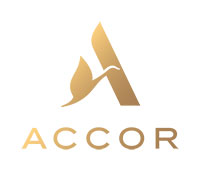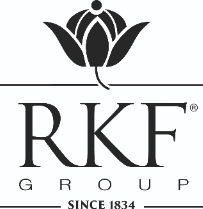Soneva Fushi aims to be Carbon Free by 2010, Spearheading Carbon Emission Strategies in the Maldives
|
Soneva Fushi aims to be Carbon Free by 2010, Spearheading Carbon Emission Strategies in the Maldives
|
Catégorie : Asie Pacifique
Ceci est un communiqué de presse sélectionné par notre comité éditorial et mis en ligne gratuitement le 21-06-2007
The core purpose of Six Senses Resorts & Spas is to create innovative and enriching experiences in a sustainable environment. So it is no surprise that its flagship resort - Soneva Fushi, in the Maldives – is the first of the group’s properties to implement a programme to offset its guests’ flight emissions. The first step will make Soneva Fushi carbon neutral by 2008, and then ramp up to the next step which will result in Soneva Fushi being carbon free by 2010.
The resort is a main contributor to the Six Senses Carbon Offset Fund, which initially will support the Converging World project. This project establishes alternative energy production methods - such as wind turbines, in communities of developing countries before they become dependent on energy from fossil fuels. The first initiative is in Tamil Nadu India, and has the potential to be implemented in the Maldives and other locations.
However, this is just the beginning of the Six Senses Zero Emissions Objective commitment to sustainable development and to the environment. In addition to developing climate-sympathetic accommodations which use local materials, as well as reducing some food transportation energy by growing fresh produce in its own organic gardens, the resort has gone one step further in its commitment to the environment. It engaged the British environmental engineering and design consultancy, XCO2, in early 2005, to move towards powering the entire Soneva Fushi property with zero-carbon energy. The project is under the leadership of Mr. Juergen E. Seidel, Six Senses group director of property maintenance.
Both XCO2 and Six Senses put emphasis on the gradual replacement of finite energy carriers such as fossil diesel, with renewable energy sources such as solar, wind and tidal power, and deep sea water cooling. The initial feasibility study resulted in a three-stage strategy for reducing diesel consumption for energy, cooling, lighting and water efficiency. For example, by initially adding energy and heat recovery systems as well as reducing wastage and loss, up to 30% of the current energy used is expected to be saved.
Initiatives that have already been carried out, or are about to be, are making further use of the island location. Seawater intake from boreholes and/or deep wells for a reverse osmosis desalination plant with an energy recovery pressure intake system would be expected to reduce 30% of energy usage with a 40% water production increase.
As innovators in creating architecture and décor using natural materials, Six Senses Creative team is working on energy efficient architectural designs that provide additional roof ventilation, cross ventilation, and passive and active cooling. High-R insulation materials, and double glazed windows with low radiation glass that allows less ultra violet rays to pass through, would be incorporated. Additionally, the use of biodiesel – derived essentially from coconut meat - is being considered, not only as a fuel for the fleet of water craft, but also as an alternative to diesel fuel imports for back-up and residual electricity needs at the resort. Land vehicles could be converted to battery power or fuel cell units.
The ultimate goal is to achieve a 50% reduction in greenhouse gasses by January 2008 and to use no fossil-fuel-derived energy sources by 2010.
Some of the technical solutions – either singularly or in combination - that will enable the resort to reach these targets include power generation with tri-generation (power, heat and steam recovery). This system will recover waste, heat and use this to provide all the resort’s hot water requirements. Furthermore, the steam generated will be channeled to an absorption chiller that will produce 7oC water. The water will be used for air-conditioning the buildings located near the power house.
The guest villas could be air-conditioned by using deep sea water cooling, (DSWC), which makes use of the chilled water from 300 meters below the tropical surface waters—where the seawater is 11.5oC, whilst solar hot water and solar photo-voltaic can be generated at Heart-of-House areas on roofs of host housing. Additionally, small and medium wind turbines can be used as direct feed power supply.
Future possibilities that are being considered for the 2010 zero carbon emission goal are the installation of a large wind turbine on the neighbouring island of Eydhafushi that could generate energy for the resort while also supporting the community of that island as well. Solar, tidal and wave technologies which could also be used as an asset for generating power, heat, and steam/cooling for air-conditioning are also being considered.
In summation, in its quest for integrated and sustainable energy management, Six Senses Resorts & Spas is dedicated to energy innovations that will enrich and sustain the environment. Its flagship resort – Soneva Fushi – is the initial proving ground.
|
|





